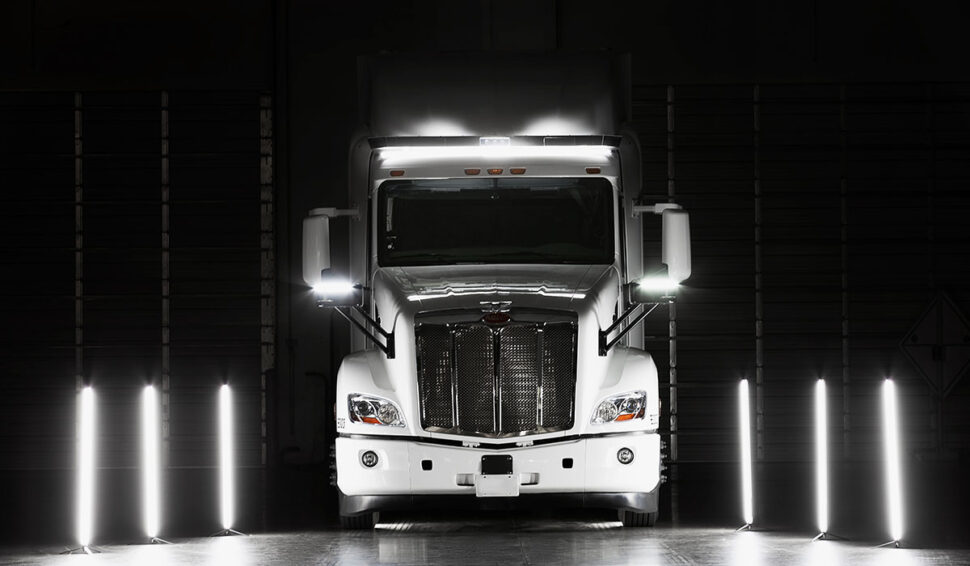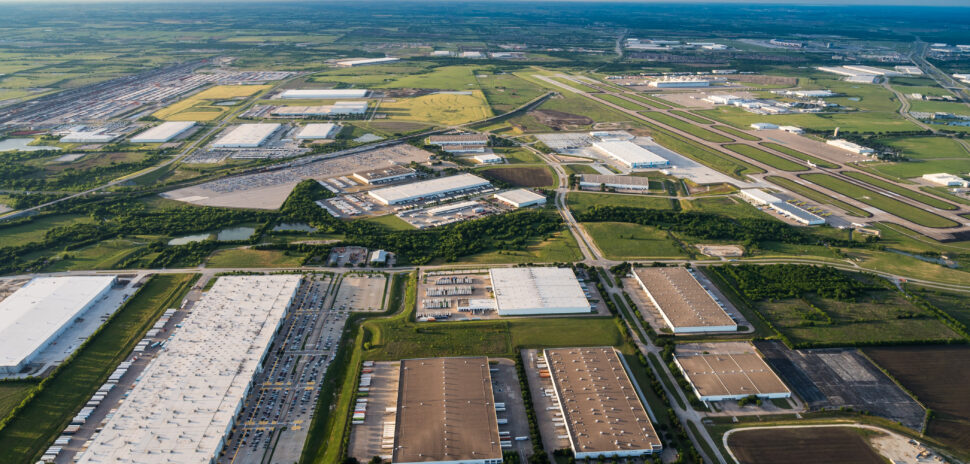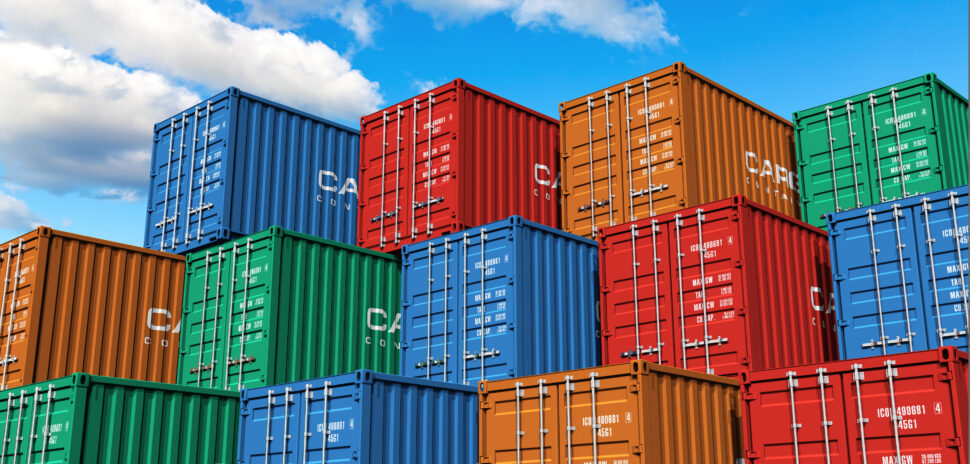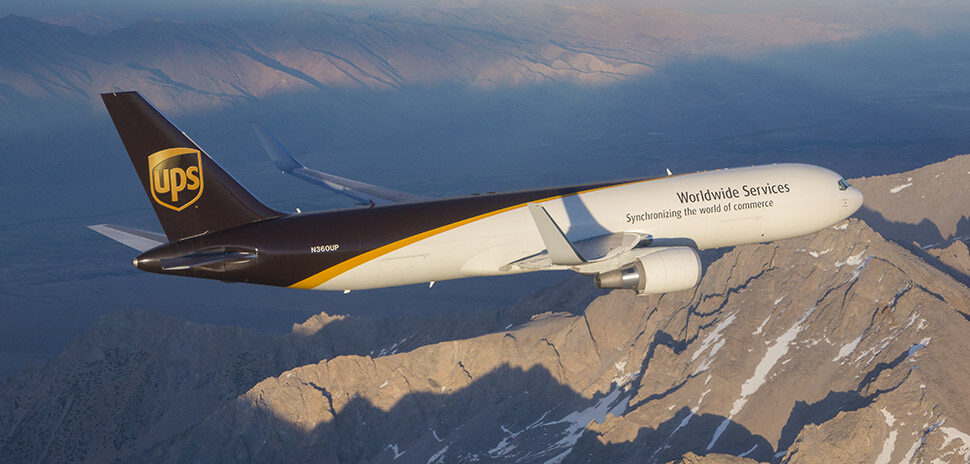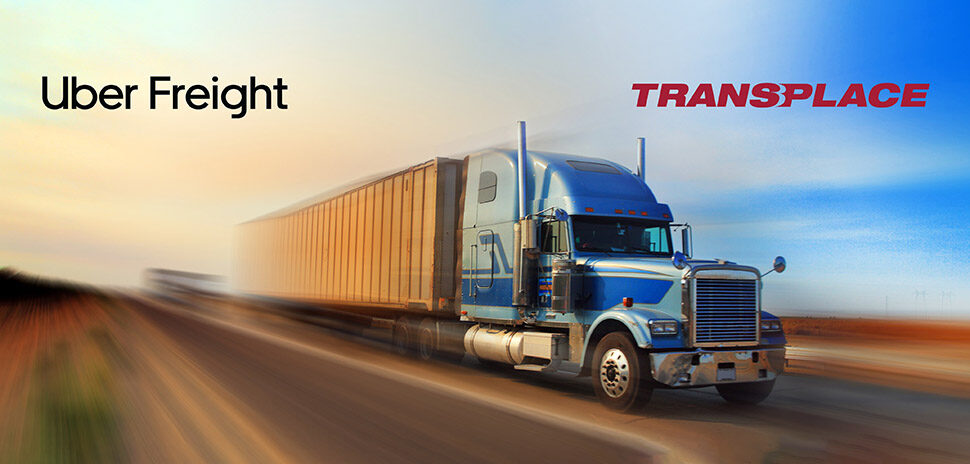 In the current environment, massive stress across the global supply chain has created an urgent need for innovation within the supply chain industry. As online retail sales surged from $598 billion in 2019 to over $791 billion in 2020, disruptions ensued everywhere—the container market, shipping routes, ports, air cargo, trucking lines, railways, and even warehouses. The result has created revolving shortages, delivery delays, and a spike in transportation costs. Each contributing to rising consumer prices and potential consequences for the global economy.
In the current environment, massive stress across the global supply chain has created an urgent need for innovation within the supply chain industry. As online retail sales surged from $598 billion in 2019 to over $791 billion in 2020, disruptions ensued everywhere—the container market, shipping routes, ports, air cargo, trucking lines, railways, and even warehouses. The result has created revolving shortages, delivery delays, and a spike in transportation costs. Each contributing to rising consumer prices and potential consequences for the global economy.
Forward thinkers within supply chain mobility are moving quickly to test and commercialize innovative technology solutions that can help mitigate some of these challenges. Advanced solutions require service providers to think differently about how automation, data, technology, and their warehousing footprint can work together to expedite logistics and meet the pace of global demand.
This unexpected shift has made logistics innovation a key ingredient to promoting new value and growth within the mobility industry. And in doing so, created a very real need for supply chain automation and mobility ecosystems that speed up innovation while building partnerships that help organizations across the supply chain better react to and mitigate future crises.
The Future of Supply Chain Automation
Automated technologies are becoming essential to compete more effectively in today’s ever-changing supply chain environment. From warehouse to distribution, autonomous technologies will have a seismic impact on logistics organizations.
Warehouse Automation
The future of warehouse logistics will undoubtedly include robots that fully automate picking and packing, and remote operation software that gives organizations the power to control forklifts and entire fleets from afar.
Companies like Phantom Auto, a teleoperation startup, are developing software that integrates with autonomous vehicles. From driverless delivery robots to distance-driven forklifts and yard trucks, Phantom Auto is making it possible to operate vehicles safely and efficiently from thousands of miles away.
Freight terminals and depots can be frantic and sometimes dangerous settings. Heavy machinery and enormous equipment cross paths to exchange billions of dollars worth of goods and commodities each day. Until now, the physical presence of human workers has been crucial and imperative to the success of these processes.
With Phantom, operators can do what they’ve always done, with less risk and more flexibility across sites. Remote operations enhance worker safety, increase productivity, and reduce costs associated with downtime and labor shortages. The benefits extend to recruitment, widening labor pools far beyond the geographic location of a warehouse.
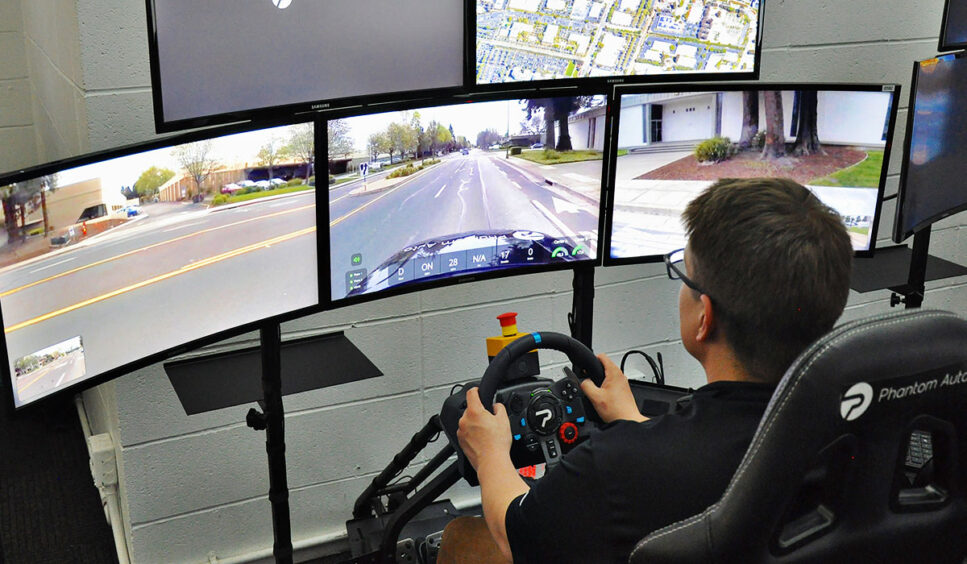
[Image: Courtesy AllianceTexas]
It’s all the more remarkable when you consider the on-demand control organizations gain. Phantom gives operators the ability to teleport between vehicles—on-site or across the world—creating a dynamic labor force that can respond to surges and shortages with the click of a button. Phantom’s software provides GEODIS’ remotely operated forklift drivers real-time feedback of the vehicle. Their software is also being utilized by Mitsubishi Logisnext Co. While many organizations are finding it hard to attract and keep skilled workers, Phantom is teaming up with ITS ConGlobal (ITSC)—one of North America’s largest integrated intermodal service providers—to train yard truck drivers to remotely control vehicles. The strategic partnership expands access to what some call an occupational privilege, allowing manual operators to experience the comfort and safety of working from home.
ITSC is transforming to meet the post-pandemic market by investing in internal capabilities and establishing external partnerships that improve supply chain velocity by taking a holistic approach to optimizing warehouse material and handling, drayage, gate operations, and movement operations for yards, depots, and ports.
ITSC operates rail and port terminals and provides freight infrastructure to major railroad companies, including Union Pacific, BNSF, and Norfolk Southern. Their recent move to North Texas includes a 5,000-squar-foot office within AllianceTexas’ Mobility Innovation Zone (MIZ). From there, a single driver will be able to operate more than one yard truck in a port in Oakland, California—more than 1,600 miles away. Teleoperation is expanding across the transport and logistics industries, and the MIZ is at the forefront of the transformation.
To further this vision, ITSC is investing in the power of stacking supply chain automation capabilities by creating a Supply Chain Accelerator. Located at the ITSC depot in Haslet, TX, this emerging accelerator will enhance the MIZ’s ability to drive further supply chain evolution that can meet today’s challenges and tomorrow’s opportunities.
Self-Driving Fleets
Autonomous trucking is where the rubber meets the road when it comes to surface mobility. The pandemic showed just how vital trucking and logistics, specifically in trucking, are to the economy. With this realization, there is expanded enthusiasm for self-driving trucks that are accelerating technology-driven solutions to improve the middle-mile and long-haul delivery systems across the supply chain.
Truck manufacturers and carriers are partnering with autonomous technology companies, signaling a shift in paradigm and optimism for a self-driving future. As retailers face unprecedented challenges in the supply chain, and logistics organizations deal with truck driver shortages, autonomous delivery vehicles address two of the biggest concerns: safety and reliability.
Gatik, an autonomous technology company focused on boosting efficiency and shoring up the middle mile amid surging demand, is already hauling goods short distances for retailers and distributors using self-driving box trucks.
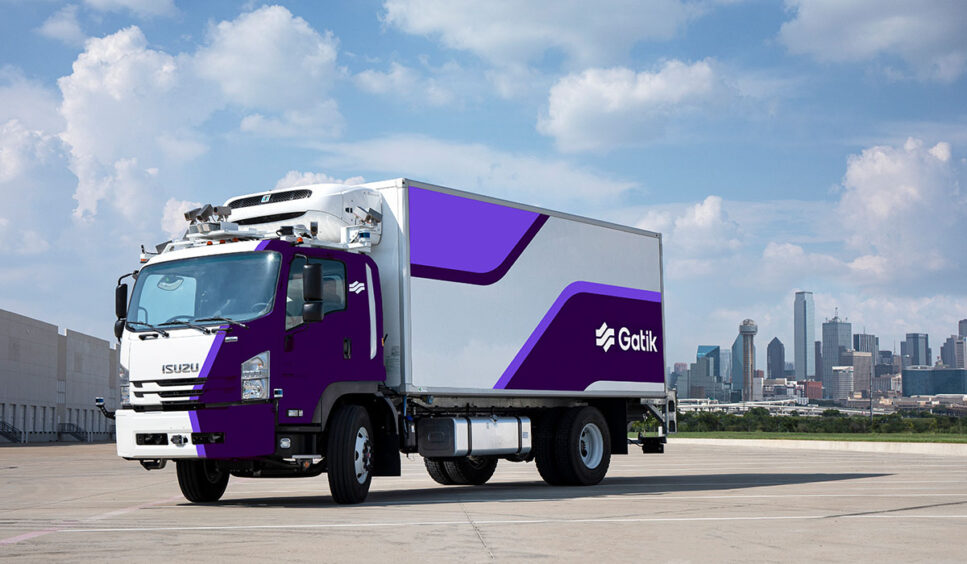
[Image:Courtesy AllianceTexas]
The portion of logistics known as the middle mile is the most expensive and challenging part of the supply chain. Until now, it’s been a hugely underserved segment of the autonomous vehicle market. As part of a pilot program for Walmart in Arkansas, Gatik’s first fleet of electric autonomous box trucks are now delivering online grocery orders from the retailer’s main warehouse directly to neighborhood stores.
By working closely with retailers to move goods from fulfillment centers to brick-and-mortar stores, the company offers retail clients an energy-efficient solution for optimizing freight movement. With essentials in short supply on shelves across America, Gatik’s middle mile solution is versatile and sustainable, and, most importantly, safe and reliable. Their recent expansion to Texas (within the MIZ) will improve the middle mile for companies and consumers alike, offering a solution to rising transportation costs and unreliable service.
Autonomous technologies in long-haul trucking are just as important to improving efficiencies across the supply chain. The $4 trillion global freight truck industry is characterized by long hours and mounting health and safety risks. The advanced safety and efficiency of TuSimple’s self-driving trucks are helping to accelerate autonomous trucking adoption around the world.
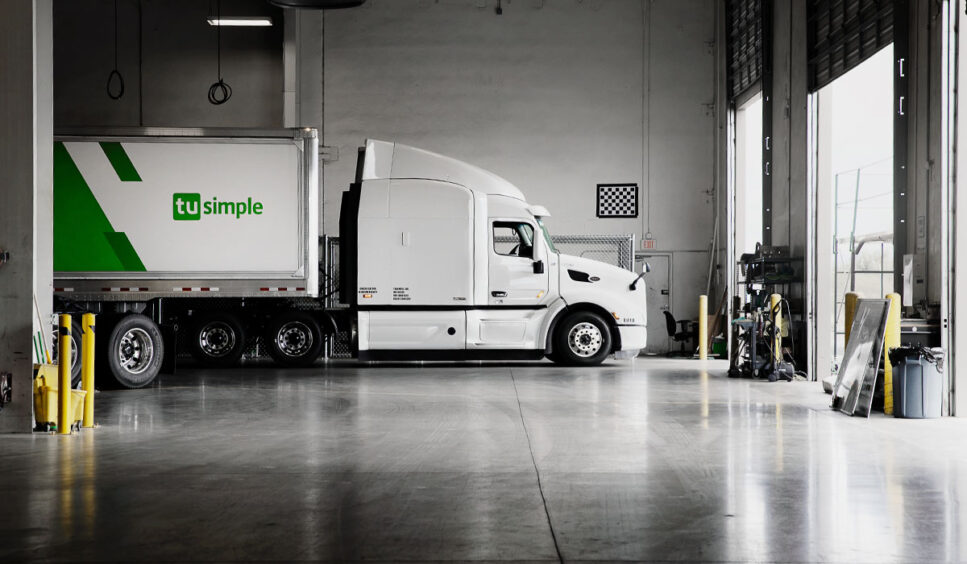
[Image: Courtesy AllianceTexas]
To expand fleet operations, TuSimple is developing their Autonomous Freight Network (AFN)—a transportation network consisting of strategically located terminals along high-volume routes. Opening their most recent facility in AllianceTexas’ MIZ will cement a foothold in Texas and help the company expand across the Sunbelt.
TuSimple’s technology will enable shippers, carriers, and fleets to operate continuously (at a 42% increase in operating uptime) while establishing a new standard of safety in long-haul trucking.
The advantages of automation do not stop at driverless vehicles. Gate automation in intermodal yards is helping to streamline the mobility of goods by reducing paperwork, improving security, and allowing companies to utilize labor resources in more impactful ways across the supply chain.
Intermodal Gates
Intermodal gates provide critical connections between rail systems and the highway networks needed to deliver freight to its final destination. Improving the infrastructure, operational efficiency, and safety at gates is key to improving freight mobility as a whole.
The MIZ hosts one of the nation’s premier intermodal hubs. By providing smart infrastructure and access to over 162 miles of major arterial, state, and federal highway systems, the MIZ is uniquely positioned to support and test new and innovative surface technologies.
Residents of the MIZ range from influential startups to global leaders in transportation and logistics, such as BNSF Railway, FedEx, UPS, Amazon, Bell, and many others. Together, these elements form the ecosystem necessary for supporting autonomous innovation and optimizing the supply chain in a safe and scalable way.
A Chain Is Only as Strong as Its Weakest Link
Innovation plays a complex role in supply chain management. The pandemic spurred swift changes to the global economy and purchase behaviors in both the commercial and consumer sectors. For supply chain service providers, innovation is a prime driver of growth and an important part of the answer to recovering from the recent volatility.
Now more than ever, cross-industry collaboration and ecosystems that allow companies to safely test innovation and new technologies are essential to solving the supply chain’s biggest challenges. Testing ecosystems like the MIZ in AllianceTexas offer smart infrastructure that can push surface mobility innovation from idea to real world.
With 27,000 acres of industrial, mixed-use, and residential development, the MIZ provides access to a premier intermodal hub, urban airspace at Fort Worth’s Alliance Airport, interoperability across supply chain nodes, and 5G deployment-ready connectivity.
From first to last mile, the future of mobility will depend on ecosystems like the MIZ.
Learn more about the MIZ at: alliancetexasmiz.com
![]()
Get on the list.
Dallas Innovates, every day.
Sign up to keep your eye on what’s new and next in Dallas-Fort Worth, every day.


